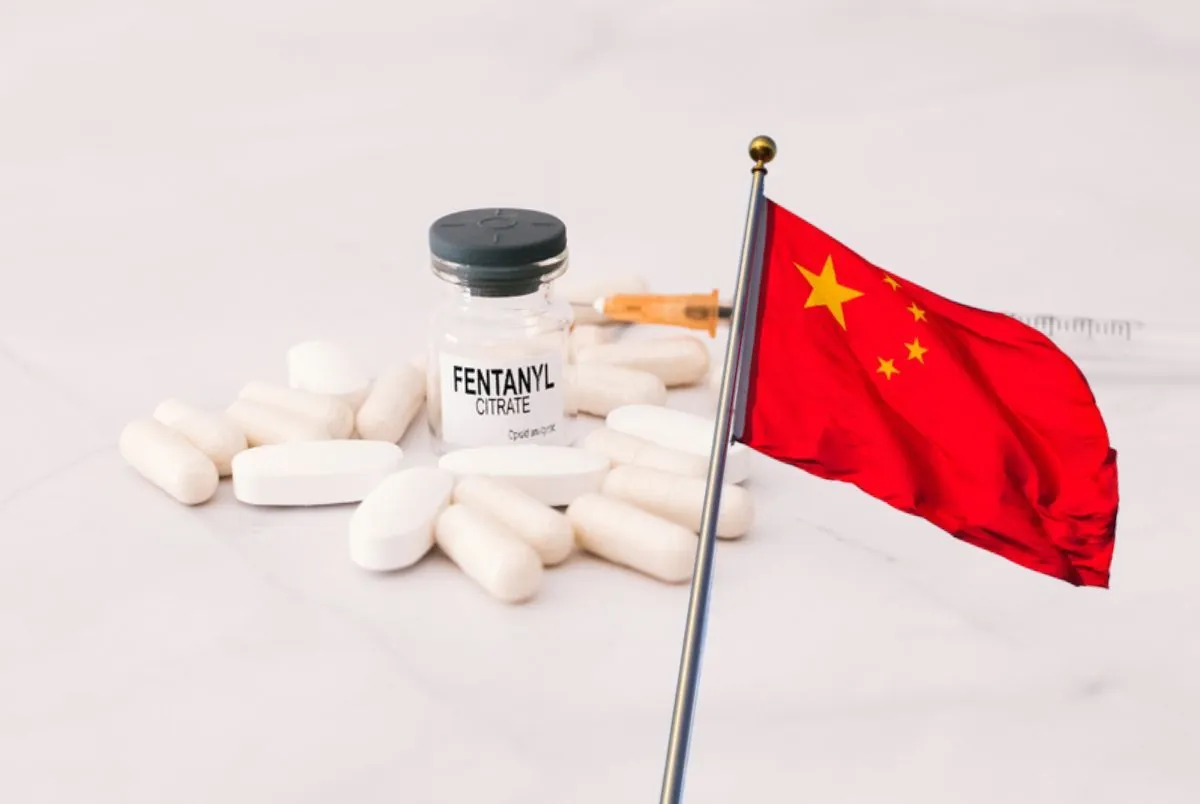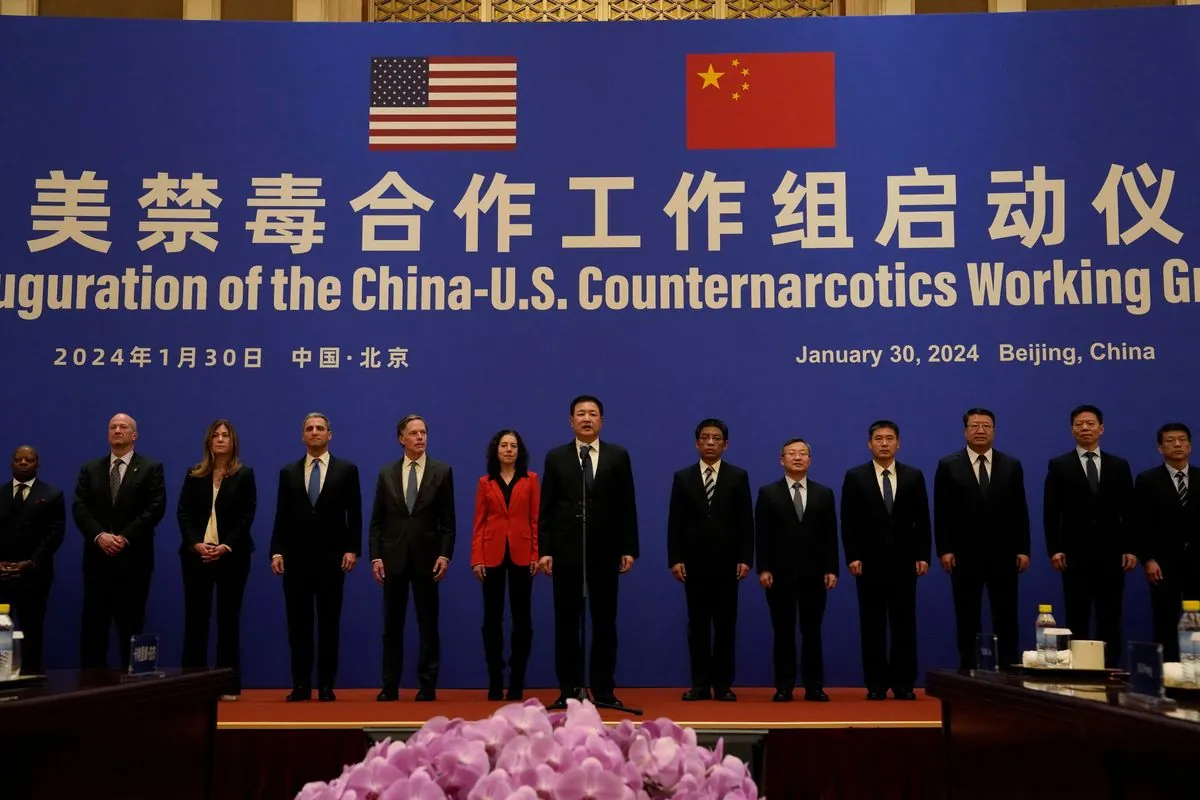US-China Fentanyl Crisis: Bridging Gaps for Effective Cooperation
The US faces a severe fentanyl crisis, with China as a key player in the supply chain. Perception gaps and geopolitical tensions hinder cooperation, necessitating improved understanding to address the issue effectively.

The United States is currently grappling with a severe fentanyl crisis, with over 100,000 drug-related deaths recorded in 2023, approximately 70% attributed to fentanyl and other synthetic opioids. This figure surpasses annual fatalities from car accidents and gun-related violence combined. Fentanyl, a synthetic opioid 50 to 100 times more potent than morphine, has become a critical election issue, outranking topics such as abortion and climate change.
China is believed to be the primary source of fentanyl precursors, with the majority of the deadly synthetic opioid and its precursor chemicals originating from the country. Cooperation between the US and China in stemming the flow of fentanyl has been inconsistent, with recent efforts resuming following a summit between President Joe Biden and President Xi Jinping in November 2023.

However, significant perception gaps between the two countries undermine mutual trust and hinder effective collaboration. The Chinese government asserts active cooperation in combating drug trafficking, highlighting its 2019 decision to schedule fentanyl substances as a whole class. Conversely, US officials continue to press for more substantial action, with some lawmakers claiming that the Chinese government "directly subsidizes" the manufacturing and exporting of illicit fentanyl.
These differing perspectives extend to the global approach to narcotics governance. While China participates in existing structures such as the United Nations Office on Drugs and Crime (established in 1997) and the International Narcotics Control Board (founded in 1968), it refuses to join the US-led Global Coalition to Address Synthetic Drug Threats. This divergence in strategies leads to misaligned stakeholder incentives and complicates multilateral efforts.
"Defining the Chinese government's role in this way misinterprets normal, legal economic activities of China on the basis of malicious political bias. It also dampens the momentum of U.S.-China cooperation."
The two nations also differ in their approaches to drug control. China relies on a centralized and involuntary approach, while the US model emphasizes voluntary participation, harm reduction, and community reintegration. These differences create barriers to learning from each other's best practices.
To advance collaboration, both nations must move beyond blame and focus on evidence-based solutions. This requires frequent communication at official and expert levels, with regular progress reports. The bilateral counternarcotic working group initiated in January 2024 and a direct line of communication on emerging threats from new synthetic substances established in June 2024 are positive steps, but a comprehensive approach is essential.
Fentanyl marks the beginning of a new era of synthetic opioids, presenting an opportunity for the US and China to establish cooperative models that could enhance international counternarcotics efforts. Failure to collaborate effectively will impair global approaches to combating future designer synthetic opioids, which will be manufactured with constantly evolving chemical formulas.
It's worth noting that the US has a long history of dealing with drug-related issues. The term "opioid epidemic" was first widely used in the early 2010s, but the country's struggle with drug abuse dates back much further. The US declared a "War on Drugs" in 1971 under President Nixon, and the Controlled Substances Act was enacted in 1970.
As both nations work towards addressing this crisis, it's crucial to remember that the ultimate goal is to save lives and protect communities from the devastating impact of illicit synthetic opioids. By fostering mutual understanding and exploring innovative collaborations, the US and China can build the trust necessary for an effective partnership in combating the fentanyl crisis.


































